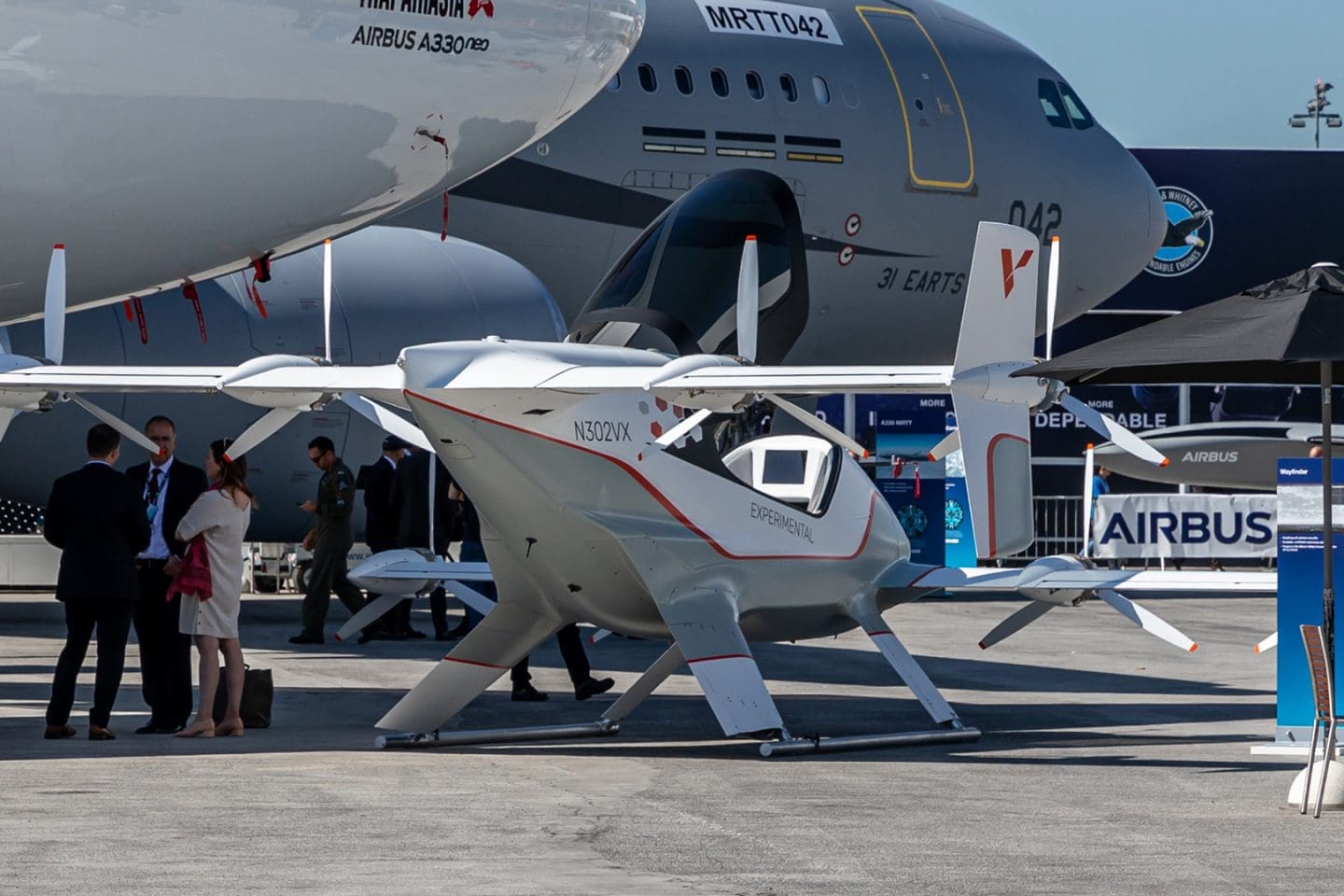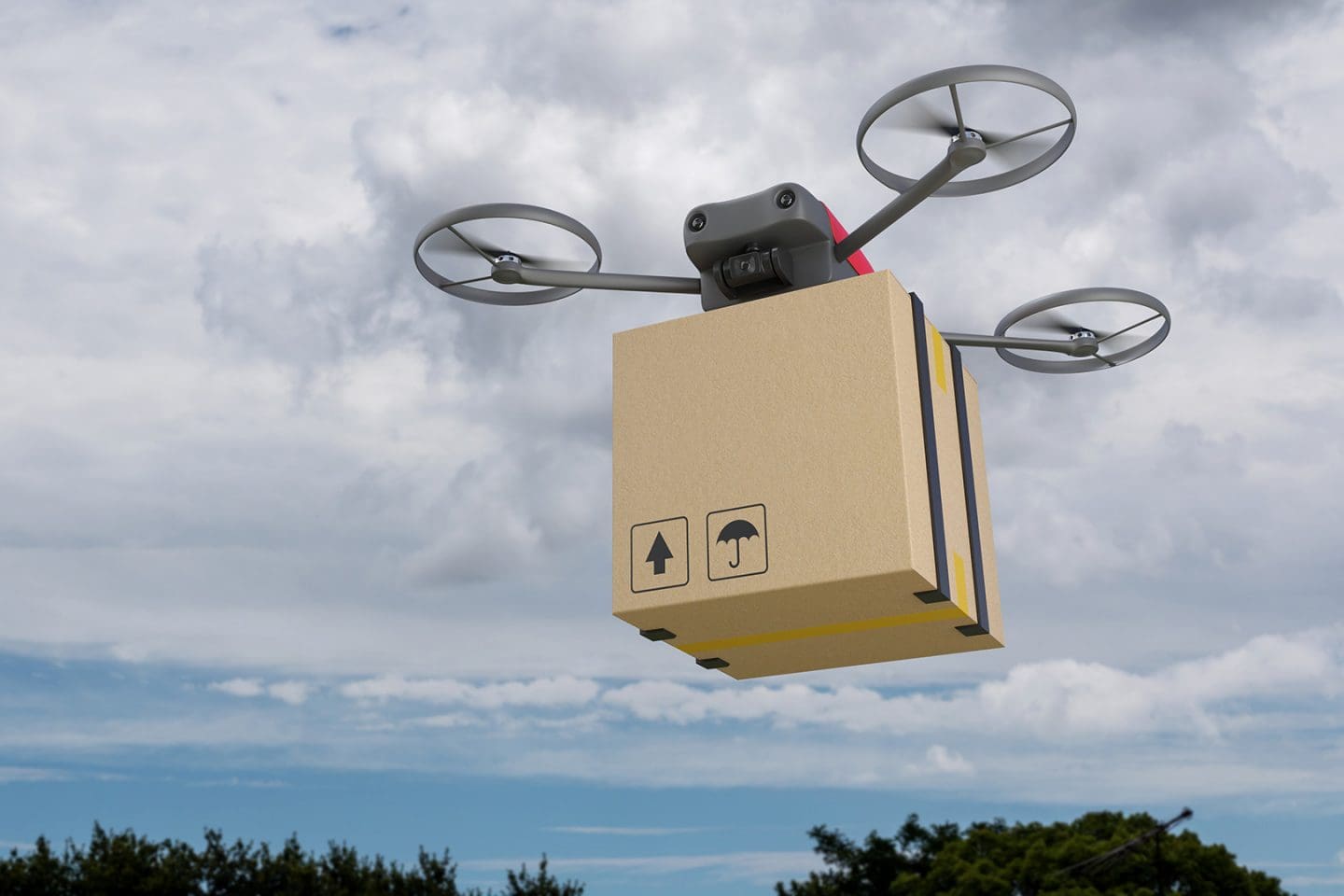April 7, 2021
Congestion is a key transportation issue facing urban areas.
There are many ways that transportation agencies are actively reducing congestion, including encouraging non-auto trips, providing accessible and frequent public transit options, managing curbside space, charging for parking, and investigating congestion pricing to discourage car use in crowded areas during peak periods.
At the same time, in the search for more space to efficiently move people and goods, both governments and private companies are starting to look somewhere new: to the skies.
Urban Aerial Mobility (UAM)-which refers to carrying passengers or cargo by air within urban and suburban areas-is closer than we think, and it has potential to bring significant changes to the transportation sector through aerial vehicles moving cargo and passengers.
Advancements in Urban Aerial Mobility
In the past few years, private companies have partnered and taken significant steps to deploy aerial vehicles and integrate them into the transportation network.
In March 2016, aerospace technology company Flirtey completed the first fully autonomous FAA-approved urban drone delivery in the US. In 2020, Flirtey announced a partnership with Vault Health to test drone delivery of COVID-19 test kits.
In August 2020, Amazon won FAA approval for Prime Air drone delivery fleet.
In December 2020, Uber Elevate announced it will be acquired by Joby Aviation. The companies will partner to develop Uber Air air-taxis for a future aerial ride-share network, which will be piloted in the cities of Dallas, Los Angeles, and Melbourne.
2020 also saw the release of two important policy documents from the Federal Aviation Administration (FAA), one of which allows for the “operation of small unmanned aircraft systems over people” at night, under certain conditions, beginning March 16, 2021. This is significant because it shows that the FAA is changing their policies as experience and demands for operational flexibility increases.

In the past few years, private companies have partnered and taken significant steps to deploy aerial vehicles and integrate them into the transportation network. Pictured: Airbus A3 Vahana, Paris Air Show 2019, Le Bourget - Matti Blume

The advancements of private companies like Uber and Amazon should be a signal to cities to plan now so they are not caught unprepared for UAM.
Why and How Cities Should Plan Today for Urban Aerial Mobility
The transportation space is rapidly evolving, and the advancements of private companies like Uber and Amazon should be a signal to cities to plan now so they are not caught unprepared for UAM. After all, ride hailing companies and e-scooter companies have demonstrated that private companies can make a big splash in the transportation space.
At the same time, these companies have shown that they are willing to work with governments to pass meaningful and impactful legislation. And as recent amendments have shown, governmental policies and regulations around UAM can change as experience and demands increase.
In March 2021, we released a white paper that summarizes recent advancements in urban aerial mobility and maps out:
- A summary of takeaways from the two policy documents highlighted above;
- The key players in the UAM space today; and
- Questions agencies can be asking today to prepare for UAMs.
This white paper can be downloaded for free here.
